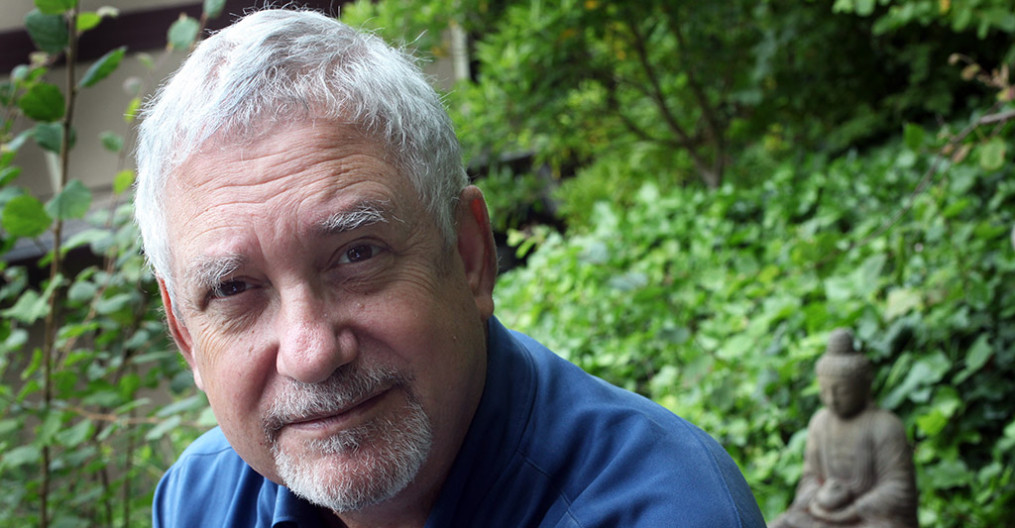The Buddha’s teaching about emotions could be summarized in a single common English phrase, “Feel what you feel.” The technical term, “mindfulness of feeling,” is widely used in Buddhist writing, but I think “Feel what you feel” captures the actual teaching best, particularly because it is phrased in a way that alludes to its opposite, “Avoid feeling what you feel.” We avoid feeling what we feel especially when the feeling is unpleasant, but I would propose that we also don’t actually feel what we feel even if the feeling is pleasant. The basic quality of feeling, pleasant or unpleasant, is so often overlaid with ideas, dreams, fantasies, and worries, that what we think we are feeling is something pretty complicated.
So in order to feel what we feel we have to drill down to what our actual feeling is. This means to somehow locate our awareness in our body: how is the body feeling right now? A lot of our life’s problems may be due to the way in which we learn from an early age to be disembodied, not to really be in our bodies and know what our bodies are telling us. Actually even that English construction, “know what our bodies are telling us,” is rather strange. It locates “us” somewhere other than our body, and implies that our somewhere-else body is trying to talk to “us,” wherever we are. This is the mind-body dualism that we are raised in. It is part of our basic social conditioning, reflected in so many ways, including our language.
To connect these observations to my main topic these days, which is Aging, I want to note how many colloquial phrases we have around the feeling of aging. “I’m feeling my age,” “You are as young as you feel,” “That makes me feel old.” What is that feeling of feeling old? If we believe the advertising slogans thrown at us from every media-driven direction, it is not a good feeling. We don’t want to feel old, we want to feel young. That’s our basic dilemma.
It is like the pig in the cartoon that the character Elaine in the TV series Seinfeld wanted to sell to the New Yorker. The cartoon shows a pig at the Macy’s complaint counter, looking up at the person behind the counter. The pig is saying, “I wish I was taller.” That is his complaint. He wants to be taller. He doesn’t want to be the pig he inarguably is.
Yes, that pig is us, all right, pretty much all the time, and especially when we “feel old.” I wish I was younger. Time for a facial, for a workout, for a botox treatment, anything not to feel what we feel.
But our Buddhist sensibility has a different kind of treatment for us, a different kind of workout. The Buddhist teaching says, “Feel what you feel.” What is that actually feeling of “feeling old,” or of “feeling my age?” The actual feeling, as many older people who are self-aware will tell you, is not necessarily unpleasant or pleasant. It is something else. It is reality, and reality has its own flavor, its own feeling. It is like the taste of coffee. It isn’t “like” anything else, and you can’t really describe it. It is just…the taste of coffee. As a comic cartoon character I like a lot sometimes says, “It is what it is, because if it were otherwise, it would be otherwise.”
Or to quote another comic genius on the subject of reality: Lily Tomlin, in her bag-lady persona, “I tried reality once, and found it highly overrated.”
Reality is overrated by non-reality, which would much prefer its own world where nothing bad ever happens and no one gets old—the world of Peter Pan, if I recall. What a marvelous fantasy! We all enjoyed Mary Martin as Peter Pan so much when we were children.
Here’s the Buddhist question I leave you with: was Peter Pan really happy? Did he really feel what he felt? Or was he flying, flying, flying away from his own real contentment because, like the bag lady, he kept finding reality to be highly overrated. But overrated compared to what?












